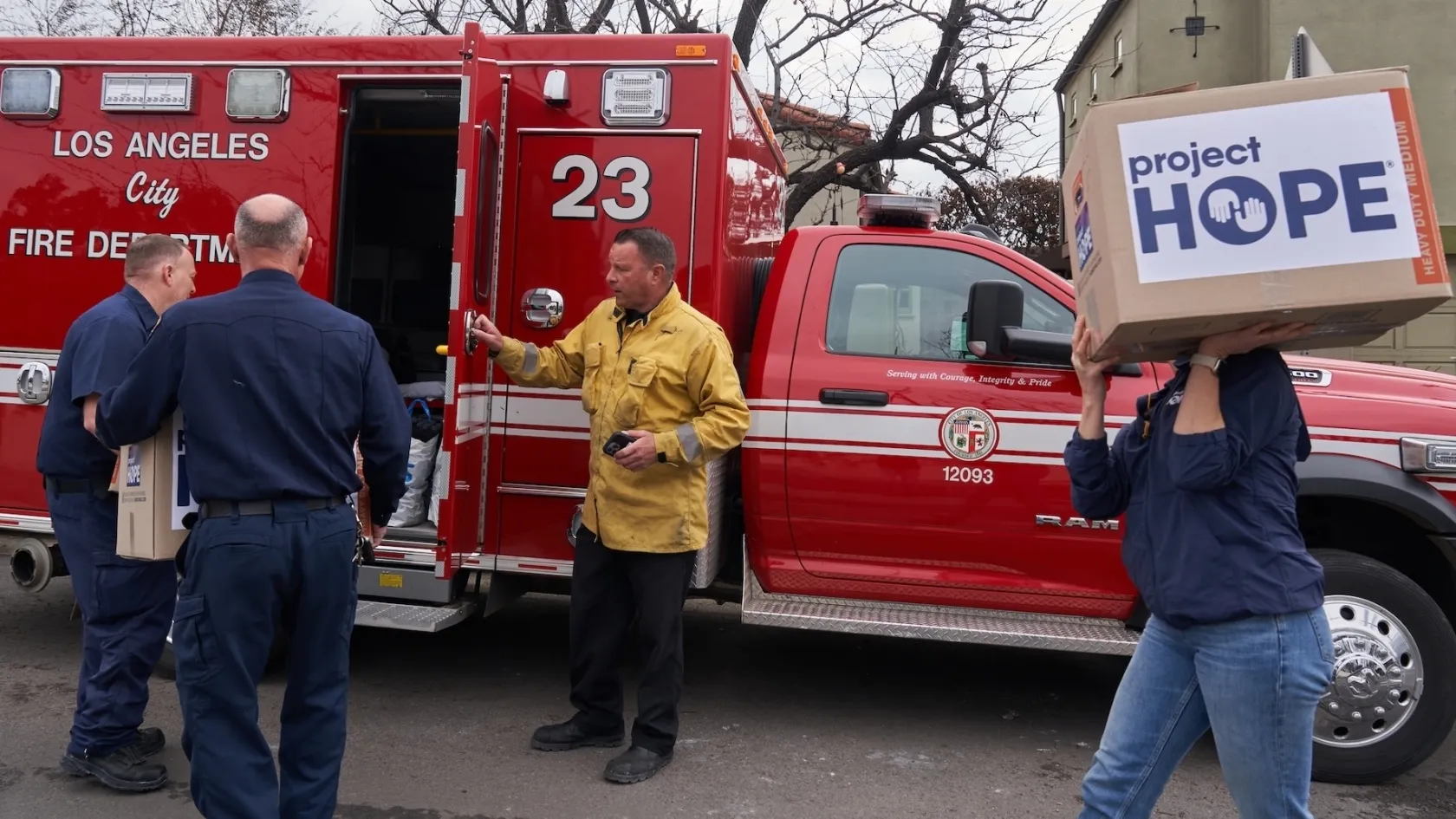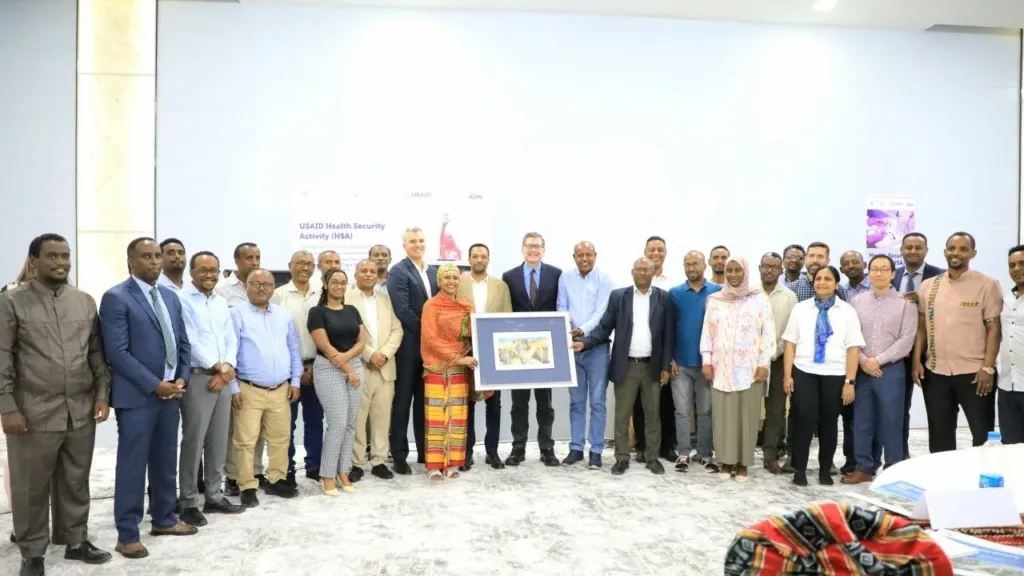8 Global Health Trends That Give Us Hope in 2020
Even amid an extraordinary global crisis, several health trends are heading in the right direction.
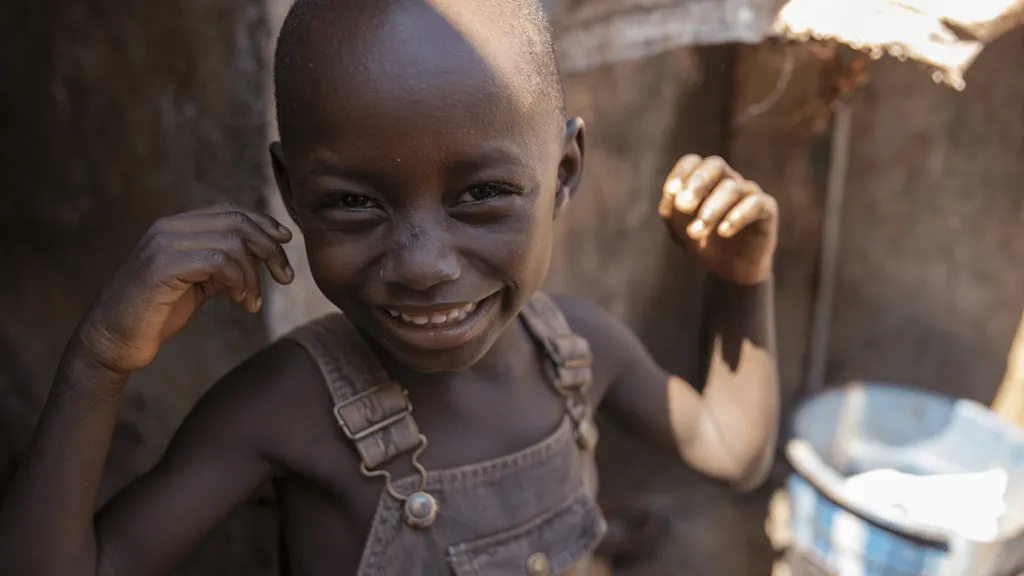
We are living in a time of extraordinary challenge and uncertainty. But there are also many ways in which the world is better, healthier, and more resilient than it has ever been.
Despite serious threats to global health, the world has seen decades of remarkable progress and success. We’ve made great strides toward eliminating diseases, building resilience, and saving lives. People are living longer. Communities are climbing out of poverty. Investments in health and technology are rising. And every day, small acts of heroism and kindness bridge the gap between problems and solutions.
That’s why, even in the face of crises, we still see hope. Here are eight pieces of good news to hold on to in 2020.
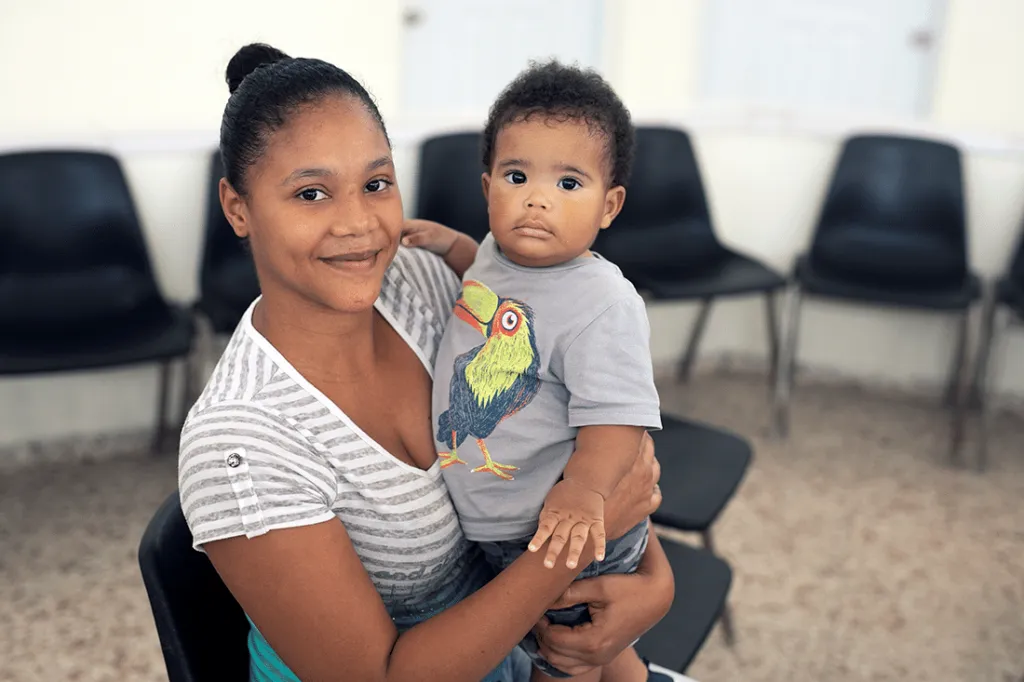
1. Child mortality is falling.
The world is rallying to protect its youngest generation. More and more children are surviving, thriving, and seeing their fifth birthdays: The rate of child mortality has been cut by more than half since 1990, and is now the lowest it has ever been.
We know the causes of preventable child deaths, and we have the solutions. HOPE has worked to save the lives of children and babies since 1985 — from hospitals in the Dominican Republic to the villages of Sierra Leone — and we’ll continue this work until no child or newborn is at risk of dying from preventable causes.
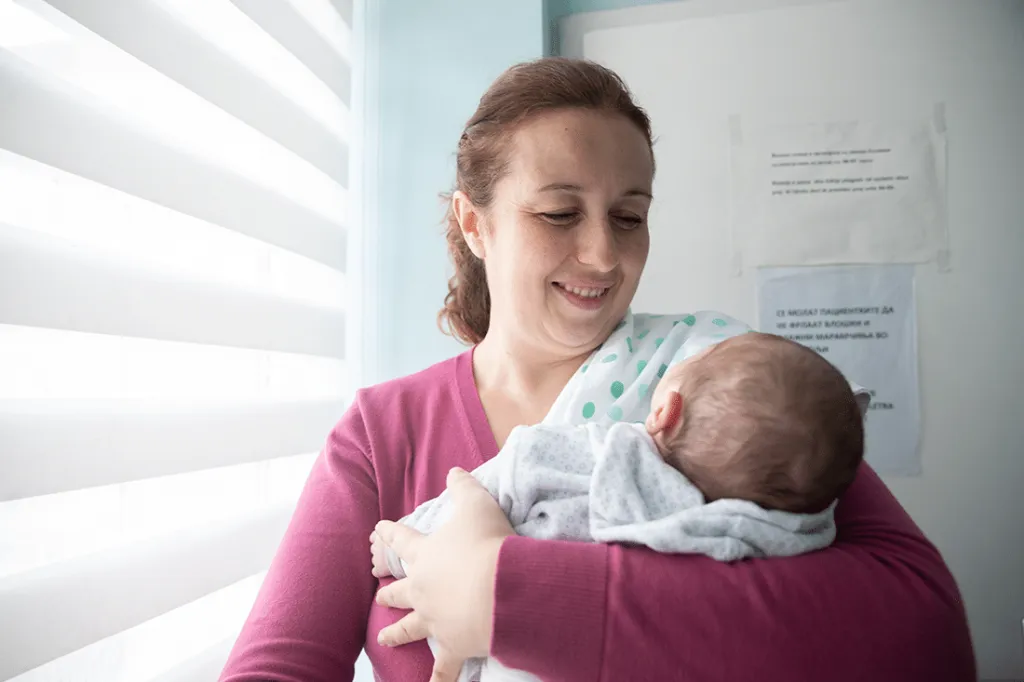
2. Fewer women are dying during pregnancy and childbirth.
Just a few generations ago, giving birth was 300 times more dangerous than it is today.
Thousands of women around the world are having healthy pregnancies and safe deliveries thanks to improved access to affordable, quality care. Maternal deaths have declined by more than one-third since 2000.
We see the lifesaving impact of this work in delivery rooms every day. HOPE empowers health workers to support women throughout pregnancy, in the months leading up to birth and in the crucial moments during delivery.
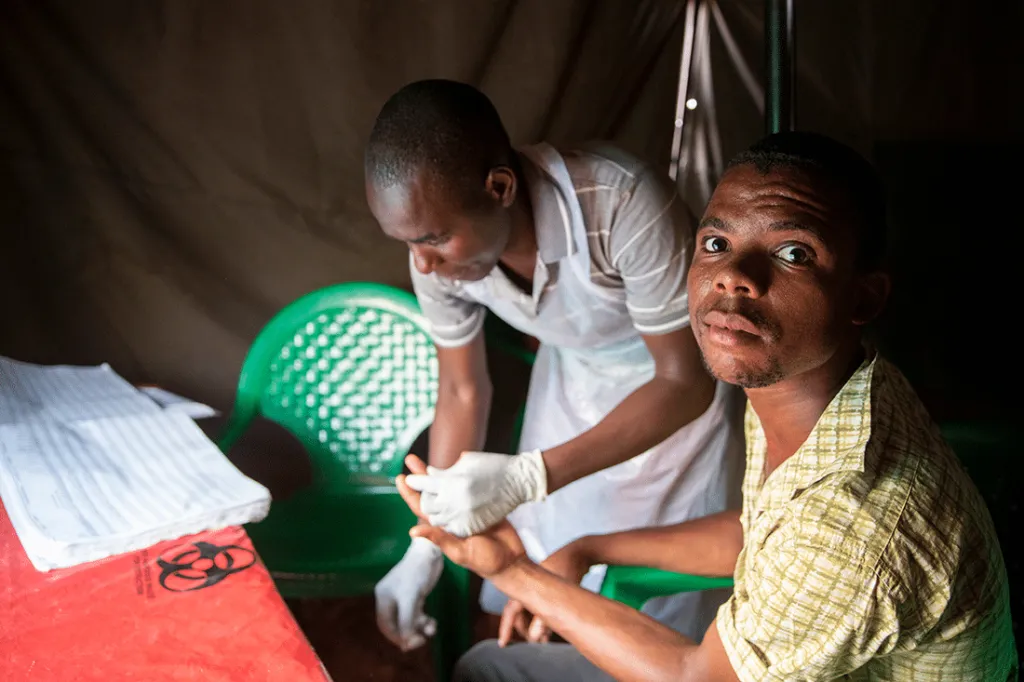
3. We’re making progress in the fight against HIV/AIDS.
The number of people newly infected is declining, the number of people receiving treatment is increasing, and AIDS-related deaths have been reduced by more than 55% since 2004. The evidence is indisputable: Millions of survivors are living proof of progress made to combat the virus.
HOPE is on the front lines of the fight to end the AIDS epidemic. We strengthen local capacity to prevent new infections, improve detection among people living with HIV, and increase access to quality treatment in high-risk countries like Ethiopia, Namibia, and Malawi.
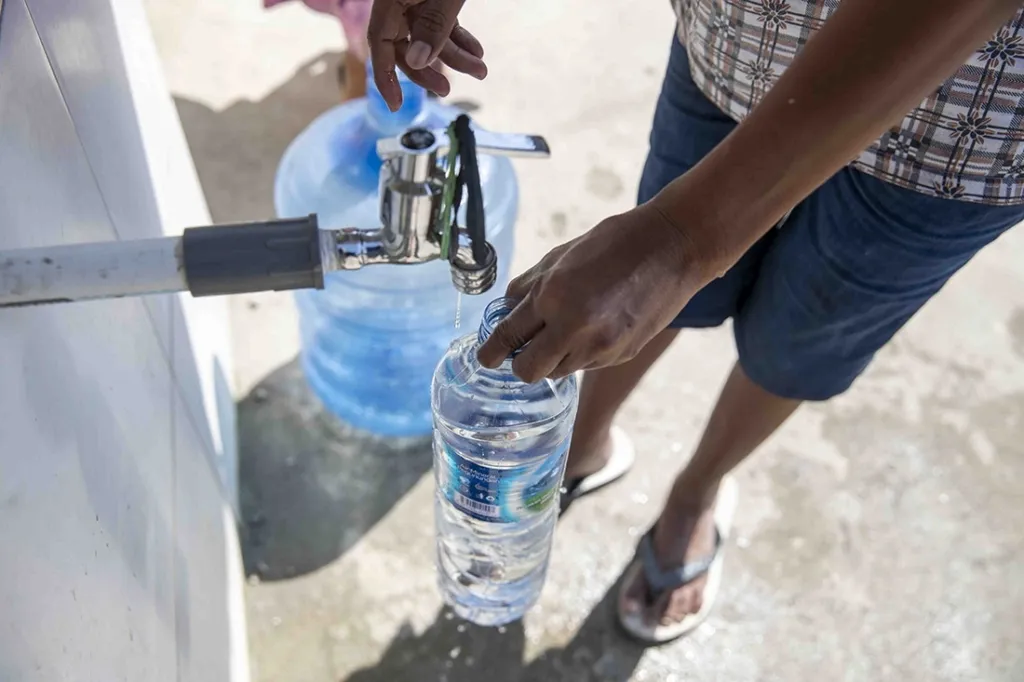
4. Every day, around 300,000 people gain access to clean water.
That’s roughly equivalent to the entire population of Pittsburgh. Access to clean water is essential for good health and hygiene, and today more communities have clean water than ever before. This is especially critical now, considering hand washing is the first and best defense against infectious diseases like COVID-19.

5. Fewer people live in extreme poverty.
Every day, some 217,000 people break out of poverty. The number of people living in extreme poverty has fallen by about two-thirds, from nearly 2 billion in 1990 to about 650 million in 2018, with tens of millions of people escaping poverty every year.
Financial security lays the foundation for a healthy future. With steadier income, families are able to put food on the table and afford lifesaving health care they would otherwise go without.
HOPE understands the link between income and health and works inside the world’s most marginalized communities to equip people with the knowledge, skills, and support they need to take control of their lives.
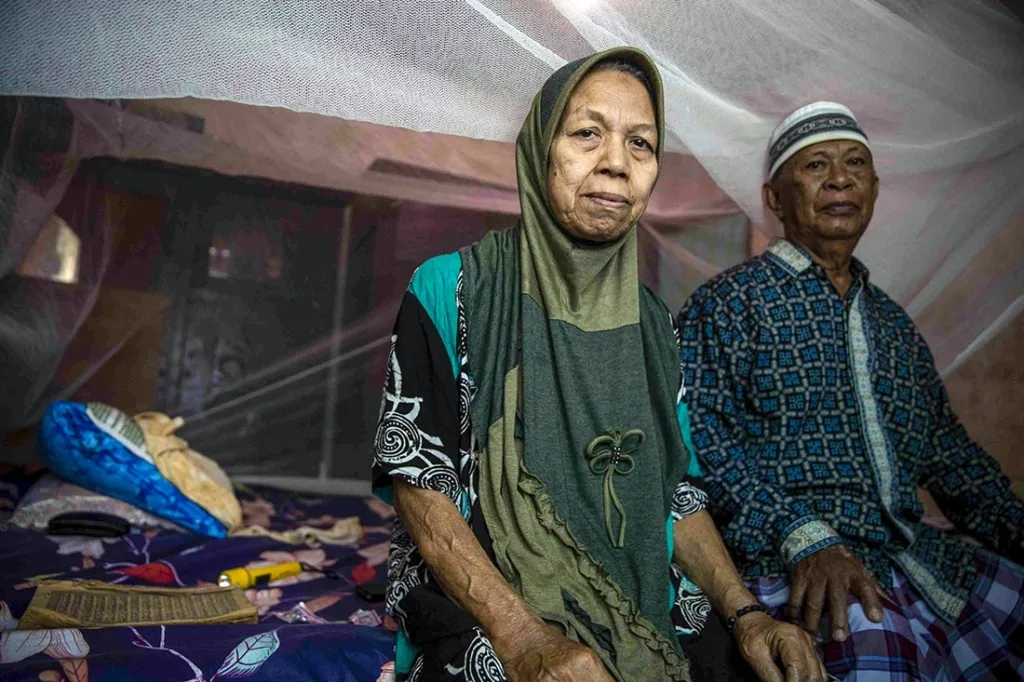
6. There’s a new vaccine for malaria.
An innovation milestone, last year the World Health Organization announced the first and only vaccine proven effective in reducing malaria in children. In clinical trials, the landmark vaccine, called RTS,S, prevented 4 in 10 cases. A pilot was launched in Malawi, and then introduced in Ghana and Kenya shortly thereafter — areas where malaria is most prevalent.
The success of the pilots could have transformative implications for the rest of the world — equipping the health workforce with the tool needed to help stop a disease that currently threatens half of our entire population. According to the WHO, the vaccine has the potential to save “tens of thousands” of children’s lives.
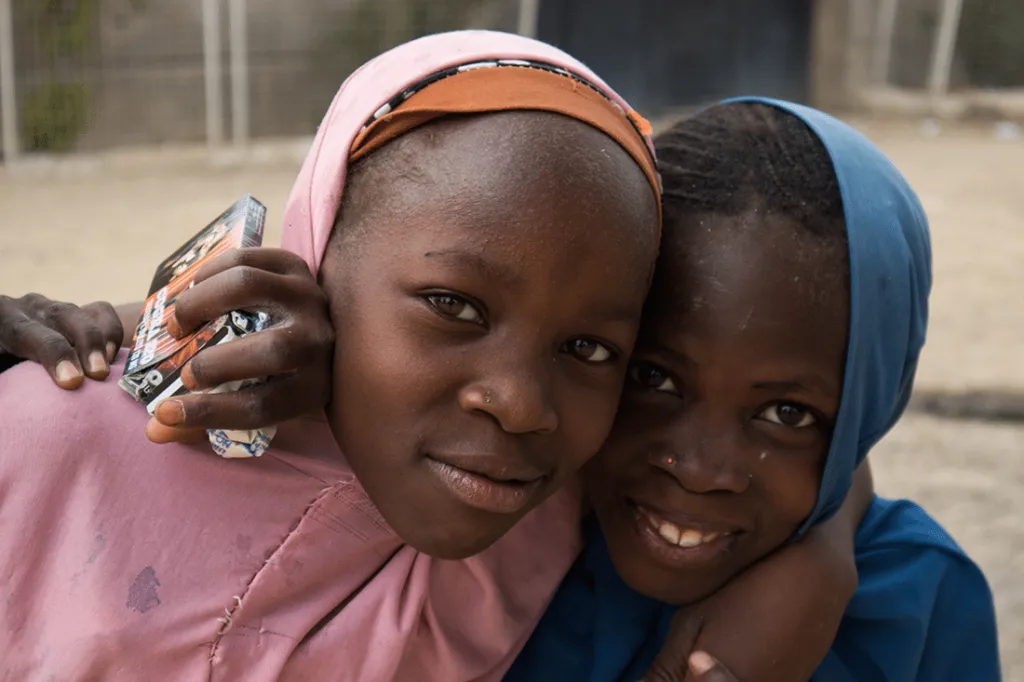
7. Child marriage is less common.
Throughout the developing world, women are getting married later and child marriage is becoming less common. The number of women married before turning 18 has dropped by 15% in the past decade — from 1 in 4 to 1 in 5 — and they are having fewer children than their mothers did.
Instead, more girls are staying in school and completing their education, while more women and couples are practicing family planning, like the use of contraception.
These trends are encouraging, unlocking greater opportunities for women and girls around the world and improving their overall health, well-being, and equality.
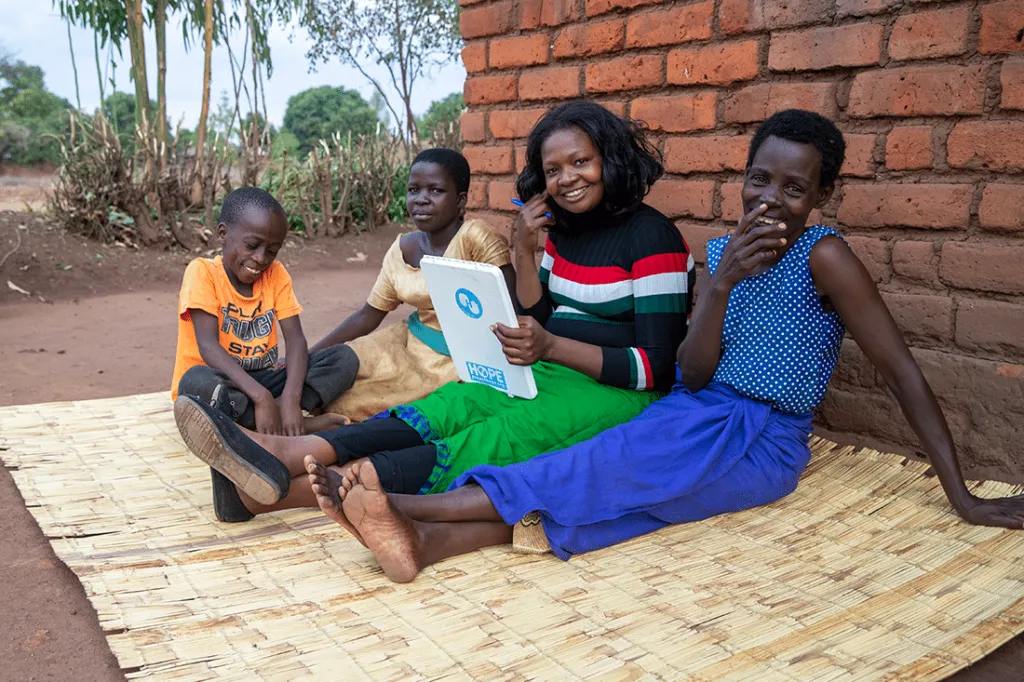
8. Access to essential health services is improving.
We’re seeing incredible gains in health care for people from all regions and all income levels.
Efforts to achieve universal health care are accelerating: In fall 2019, world leaders from 193 countries agreed upon “the broadest-ever” set of health commitments to ensure that everyone, everywhere has access to care, and no one falls into poverty as a result of health expenses.
This headline alone gives us ample reason for hope, and we’ll continue to play our part to provide everyone with access to the health care they need to reach their full potential — in times of peace, and in times of crisis.

